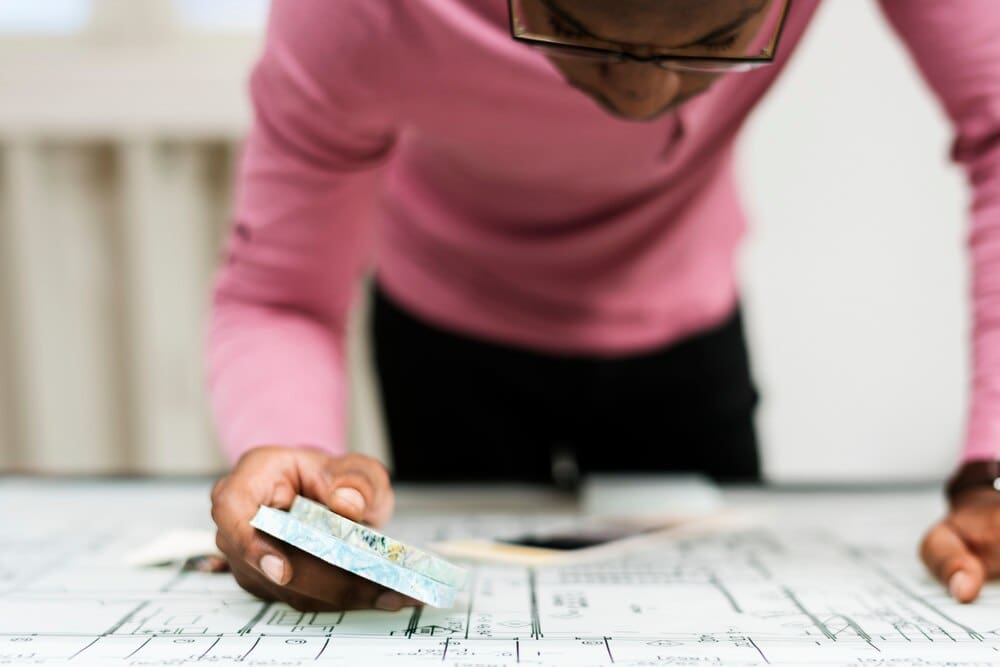For investors in Miami, a city defined by both dazzling opportunity and unique volatility, the single most important asset protecting their portfolio isn’t a hot stock or a beachfront property—it’s a robust, liquid emergency fund. This dedicated cash reserve is the critical firewall that allows investors to navigate unexpected personal financial shocks, from a sudden job loss in the city’s dynamic economy to the immense, unbudgeted costs of hurricane recovery, without being forced to sell their growth assets at the worst possible time. For anyone serious about building long-term wealth in South Florida, establishing and maintaining this financial cushion is not merely a suggestion; it is the foundational strategy that separates resilient investors from those whose financial plans crumble at the first sign of trouble.
The Investor’s Safety Net: More Than Just a Rainy Day Fund
At its core, an emergency fund is simple: a pool of cash, typically held in a high-yield savings account, set aside exclusively for major, unforeseen expenses. It is not an investment vehicle meant for growth. Rather, it is a form of self-insurance, providing immediate liquidity when life throws a curveball.
While this is sound advice for everyone, it takes on a heightened importance for those actively investing in the market. An investor without an emergency fund is constantly walking a tightrope. A significant car repair, a dental emergency, or a temporary loss of income becomes more than an inconvenience; it becomes a direct threat to their long-term financial goals.
Without a cash buffer, the only place to find the necessary funds is often the investment portfolio itself. This can trigger a disastrous sequence of events. The investor may be forced to liquidate stocks, mutual funds, or ETFs to cover the expense, potentially during a market downturn. This action not only locks in losses but also pulls that capital out of the market, sacrificing all future growth and compounding it might have generated.
An emergency fund severs this dangerous link between your daily life and your long-term investments. It creates a protective barrier, ensuring that a short-term problem doesn’t derail a decades-long strategy.
The Miami Premium: Why South Florida Investors Need More
The standard financial planning advice suggests an emergency fund covering three to six months of essential living expenses. For residents of Miami and the greater South Florida area, however, this baseline is often inadequate. The region’s unique economic and environmental realities demand a more conservative approach, often pushing the ideal fund size closer to six to twelve months of expenses.
Hurricane Risk and Insurance Gaps
The most profound risk specific to Miami is the annual threat of hurricanes. While insurance is mandatory for homeowners with a mortgage, it is not a magic wand. Hurricane insurance policies almost always come with a separate, and often massive, deductible. This deductible, which can range from 2% to 10% of the home’s insured value, must be paid out-of-pocket before the insurance company pays a dime.
For a home insured for $500,000, a 5% deductible means the homeowner must produce $25,000 in cash for repairs. For condo owners, the situation can be even more complex. A major storm can result in a hefty special assessment levied by the condo association to cover damage to common areas, roofs, and building envelopes—costs that can easily run into the tens of thousands of dollars per unit.
An emergency fund is the only reliable source for these immediate, large-scale expenses. Relying on selling investments in the chaotic aftermath of a storm is a recipe for financial ruin.
Economic and Employment Volatility
Miami’s economy is vibrant but heavily reliant on sectors prone to cyclical swings, such as tourism, international trade, and real estate development. A global economic slowdown or a travel disruption can have an outsized impact on local employment. Having a larger cash reserve provides a longer runway to find a new job without the added stress of needing to raid your retirement accounts.
The High Cost of Living
It’s no secret that Miami is an expensive place to live. From housing to transportation and everyday goods, costs are significantly higher than the national average. This means that any emergency—whether it’s an air conditioning unit failing in August or a major plumbing issue—comes with a higher price tag. A larger fund is necessary simply because the “emergencies” themselves cost more to resolve.
Building Your Fortified Miami Emergency Fund
Understanding the need for a larger fund is the first step. Building it requires a deliberate and disciplined plan. The goal is to create a fund that covers essential expenses, which include housing, utilities, food, transportation, insurance premiums, and minimum debt payments.
Step 1: Calculate Your Target
Begin by meticulously tracking your monthly spending for two to three months to get an accurate picture of your essential costs. Ignore discretionary spending like dining out, entertainment, and subscriptions you could pause. Multiply this monthly essential figure by your target number of months—aiming for at least six as a Miami investor, with nine or more being ideal.
Step 2: Choose the Right Home for Your Cash
The two primary criteria for an emergency fund are safety and liquidity. You need to be able to access the money quickly and without penalty, and you cannot risk losing the principal. This immediately rules out the stock market or long-term bonds.
The best vehicle is a High-Yield Savings Account (HYSA). These online-based accounts are FDIC-insured up to $250,000 and offer significantly higher interest rates than traditional brick-and-mortar savings accounts, allowing your fund to at least partially keep pace with inflation while it sits waiting.
Step 3: Automate Your Savings
The most effective way to build your fund is to make it automatic. Set up a recurring transfer from your primary checking account to your HYSA for every payday. Even a small, consistent amount will grow substantially over time. Treat this transfer as a non-negotiable bill, just like your rent or mortgage.
Whenever you receive a financial windfall, such as a work bonus, a tax refund, or a raise, commit a significant portion—or all of it—to building your emergency fund until it is fully funded. This discipline will accelerate your progress dramatically.
The Ultimate Benefit: Investing with Confidence
Beyond the practical protection it offers, a fully funded emergency fund provides an immense psychological advantage. It is the bedrock of a confident investment strategy. When you know your immediate financial stability is secure, you are less likely to react emotionally to market volatility.
A 15% market correction is far less terrifying when you don’t have to worry about where you’ll get the money for a new set of tires. This emotional detachment allows you to adhere to your long-term plan, continue investing during downturns (a strategy known as dollar-cost averaging), and ultimately reap the rewards of staying the course.
Consider the tale of two Miami investors. Both face a $20,000 special assessment after a hurricane. The investor with a healthy emergency fund writes a check, complains about the cost, and moves on, her investment portfolio untouched. The other investor, with no cash reserves, is forced to sell a portion of her technology stocks during a bear market, realizing a significant loss and permanently damaging her retirement trajectory. The emergency fund was the only difference.
In the final analysis, an emergency fund is not money that is “doing nothing.” It is actively working every single day to protect your most valuable assets and preserve your financial future. For an investor in a city as dynamic and demanding as Miami, it is the unsung hero of the portfolio—a strategic allocation to peace of mind that pays the highest dividends when you need them most.







